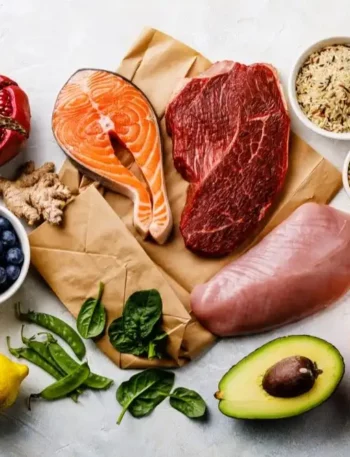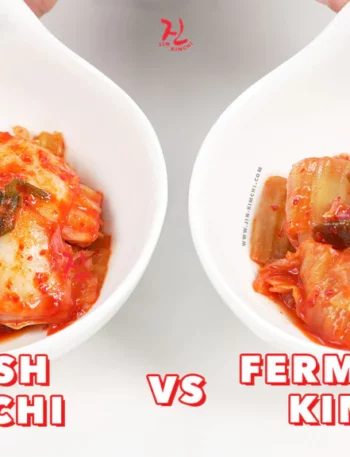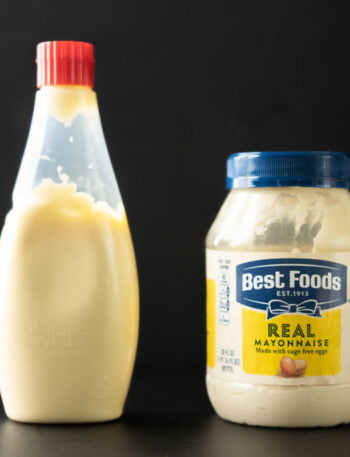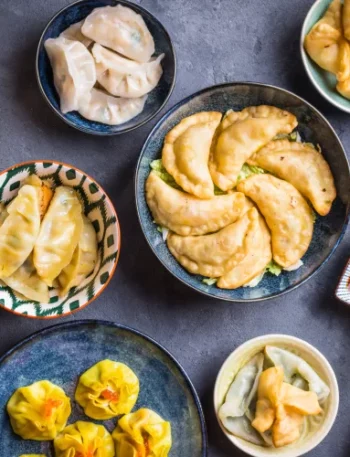
Have you ever caught yourself standing in front of the pantry, staring at that bag of potato chips, just knowing that diving in is somehow… right?
Maybe it’s the salty crunch or the hint of forbidden pleasure that gets you, but that craving — oh, that craving — feels like it’s tapping you on the shoulder with a truth you’re dying to decode.
You might think, “If I were eating healthy, I wouldn’t want this stuff, right?” But hang on — what if those so-called “bad” food cravings were actually your body’s way of saying, “Good job, keep going”?
Listening Beyond “Bad” and “Good”
Cravings are complicated. We’re told that to eat “right,” we need to avoid processed foods, sugar, fats — the whole nine yards. But there’s something deeper going on.
Often, when we’re making an effort to eat healthier, cravings don’t just vanish. Sometimes, they actually intensify. But here’s the twist: those cravings might mean you’re doing something right.
When I started my own health journey, I remember trying to go all-in with green smoothies, quinoa, and enough raw veggies to build a salad bar. But every evening, the strangest thing would happen — I’d crave sweets, salty snacks, and even French fries.
I felt guilty at first, like I was failing the “healthy eating test.” But here’s the thing: as I learned more about nutrition, I realized my body was simply asking for balance. My cravings weren’t a failure; they were a reminder.
Cravings as Clues, What Your Body’s Trying to Tell You
Think of your cravings like a nudge from an old friend who just gets you. They aren’t there to derail your progress. They’re telling you, “Hey, I’m missing something.” Craving chocolate? Your body might be asking for magnesium, a nutrient linked to muscle relaxation, stress relief, and — surprise — chocolate.
Jonesing for chips? It might not just be the salt; it could be your body asking for sodium after a day of sweating or even needing energy-dense carbs to help balance blood sugar.
Our bodies are wired to keep us in a state of balance, so when you start eating differently — like cutting down on carbs or fats — cravings can pop up as a counterbalance.
Ever crave carbs after starting a high-protein diet? That’s your body saying, “We need a little bit of everything to function right.” It’s a call for moderation.
When Eating Clean Feels Like Deprivation
One of the biggest challenges with cravings is that they’re tangled up with psychology. The more we restrict certain foods, the more alluring they become. Think about it: the forbidden apple, the guilty pleasure.
It’s human nature. When we deny ourselves foods we enjoy — especially without any real plan for balance — we’re setting ourselves up for cravings that feel impossible to ignore.
It’s like that old saying, “The tighter you hold on, the harder it is to let go.” The more we clutch onto restrictive eating, the more those cravings rear their heads.
But here’s the twist — when we introduce a bit of what we’re craving into our routine in a balanced way, those same cravings lose their intensity.
For example, if you allow yourself a small piece of dark chocolate after a meal instead of banning sweets altogether, the craving often subsides because you’ve acknowledged it rather than ignoring it.
Nutritional Balance and the “All Foods Fit” Philosophy
Now, I’m not saying to ditch the kale or throw caution to the wind with pizza nights. But when we demonize certain foods and glorify others, we miss the bigger picture. Food is more than fuel; it’s culture, comfort, memory.
Denying yourself enjoyment in your diet can lead to feeling constantly unsatisfied, which often triggers cravings. The “all foods fit” philosophy — where nothing is off-limits but everything is in balance — can be incredibly freeing.
Take it from me: when I decided to stop categorizing my food into “good” and “bad” labels, I started seeing food for what it is — nourishment, joy, and yes, sometimes indulgence.
When you treat cravings as a part of your body’s vocabulary rather than a sign of weakness, they become easier to manage. You realize that eating a bag of chips doesn’t make you a failure; it makes you human.
Practical Ways to Work with Cravings, Not Against Them
So, how do we find that sweet spot where cravings don’t control us, but they’re also not ignored? Start with mindful eating. Tune in to what your body is actually asking for and try to give it that in a way that’s nourishing.
If you’re craving sweets, reach for something with a natural sweetness, like a piece of fruit with a handful of nuts.
If it’s a craving for something fried, maybe it’s a signal for more healthy fats — an avocado or a bit of olive oil in your salad could hit the spot.
Another strategy? Practice the 80/20 approach. Aim to make nutritious choices 80% of the time, and leave that other 20% for enjoying whatever you want, guilt-free. That way, you’re giving your body the nutrients it needs most of the time but allowing room for those cravings without judgment.
Turning Cravings Into Empowerment
Here’s the thing: cravings aren’t the enemy. They’re a message — a way of communicating that something’s out of balance. Instead of seeing them as a sign that you’re “failing” at eating well, view them as a reminder that you’re actually in tune with your body.
When we listen, we might learn that sometimes it’s okay to have that chocolate or order that pizza. Embracing the ebb and flow of cravings with curiosity rather than criticism makes all the difference.
And in the end, those cravings could be the very thing that helps us stay connected to what our bodies truly need, instead of pulling us into cycles of guilt and overcorrection.
So next time you find yourself eyeing that “bad” food, maybe take a breath and ask: What am I really craving here? Chances are, it’s not just the snack itself but the harmony your body is nudging you toward.









